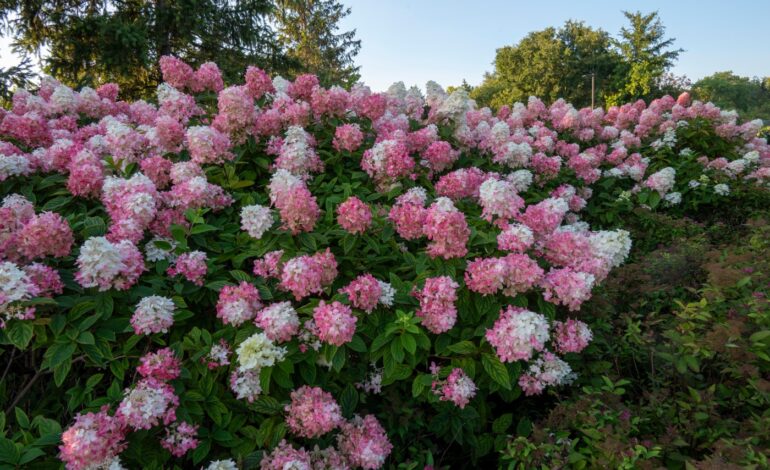Sprinkler Systems Boost Garden Care, But Monitoring is Key

A newly installed sprinkler system can significantly ease the task of maintaining a garden, but it is crucial for gardeners to remain vigilant about the health of their plants. This advice comes as many individuals, like Jeff Levine from Skokie, Illinois, invest in new gardens that include a diverse range of trees, shrubs, and perennials.
Installing an automatic sprinkler system is a step in the right direction for efficient watering, but it does not eliminate the need for close monitoring. New plants require careful attention, especially during their establishment phase. Signs of distress, such as wilting leaves, discoloration, or leaf drop, can indicate underlying issues that warrant further investigation.
Understanding Watering Needs
Wilting leaves are often the first visible sign of insufficient moisture, making them easy to spot. However, it is important to note that overwatering can produce similar symptoms. Therefore, checking the moisture level in the root balls of the plants can provide better clarity on their actual hydration needs.
Automatic sprinkler systems that utilize misting nozzles may not adequately hydrate balled and burlapped plants. Running the system for an extended duration to ensure deep watering can lead to excess moisture for other plants. As a practical solution, it is advisable to supplement the sprinkler system by manually watering the bases of trees and shrubs every couple of weeks. This method provides the necessary moisture without risking overwatering for other plants.
Each garden presents unique growing conditions, and individual plants will have varying water requirements. The key is to monitor new plantings closely and apply supplemental watering as needed. As autumn approaches and temperatures drop, plants will naturally require less water; however, newly planted evergreens need additional hydration in November if conditions remain warm or dry. Evergreens that enter winter under drought stress are more susceptible to winter damage.
Adequate Coverage is Essential
It is vital for the sprinkler system to ensure comprehensive coverage across all planted areas. Some gardeners may assume that their plants are receiving sufficient water simply because they are using a sprinkler system three times a week. Observations of their watering patterns, however, often reveal that certain areas are not receiving adequate moisture, hindering the establishment of new plants.
For instance, many gardeners have reported issues with container-grown hydrangeas planted while in full bloom. These plants require frequent watering—ideally two to three times per week—to establish properly in their new environment.
For further guidance on plant care, individuals can contact the Plant Information Service at the Chicago Botanic Garden via email at [email protected]. Tim Johnson, the senior director of horticulture at the garden, emphasizes the importance of attentive care during this critical growth phase.
As new gardeners embark on their planting journeys, understanding the balance between automated systems and hands-on monitoring will play a key role in the success of their gardens.






